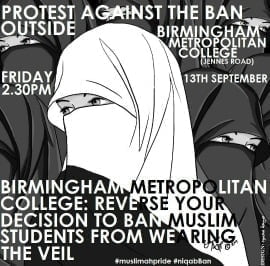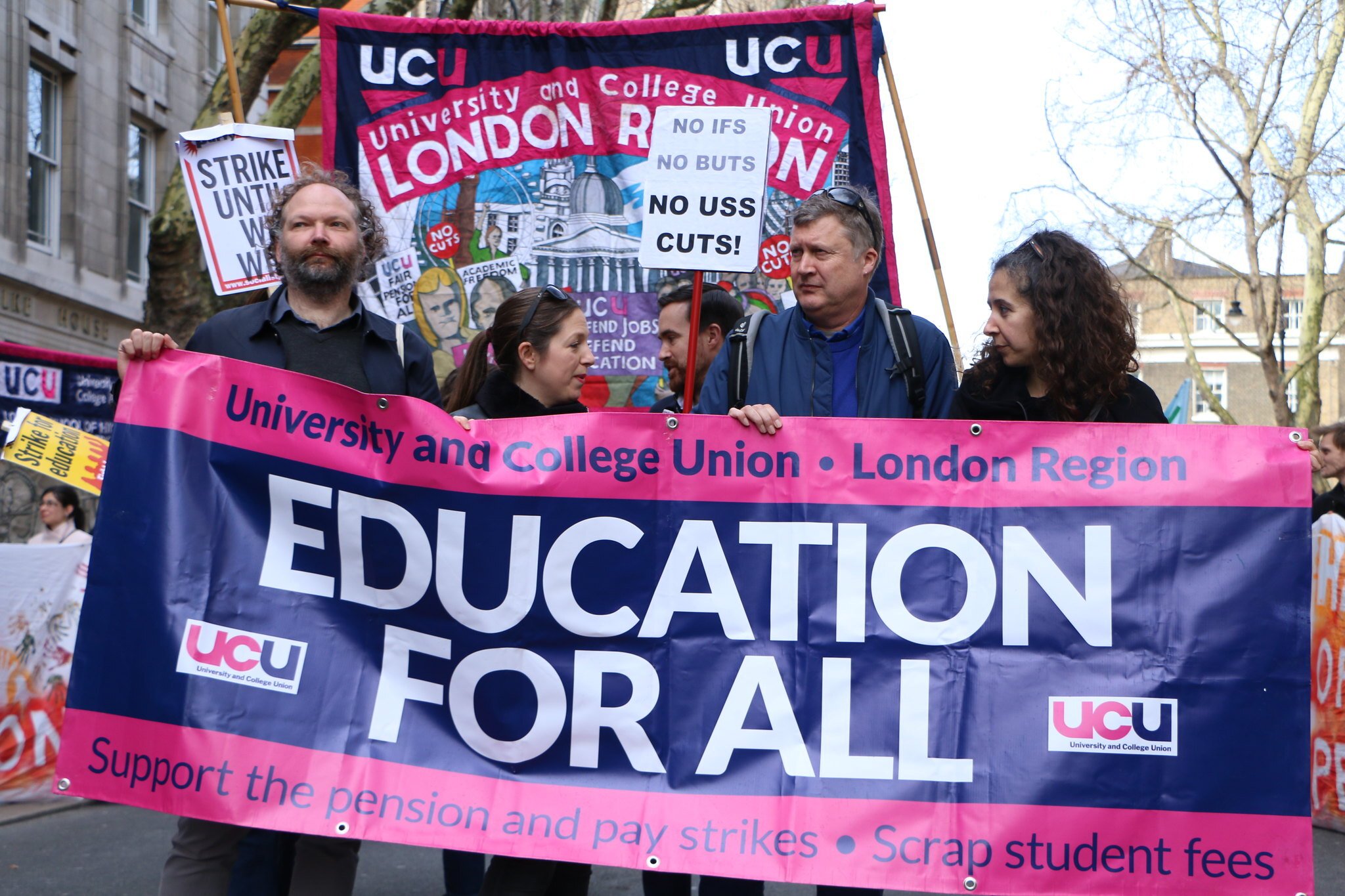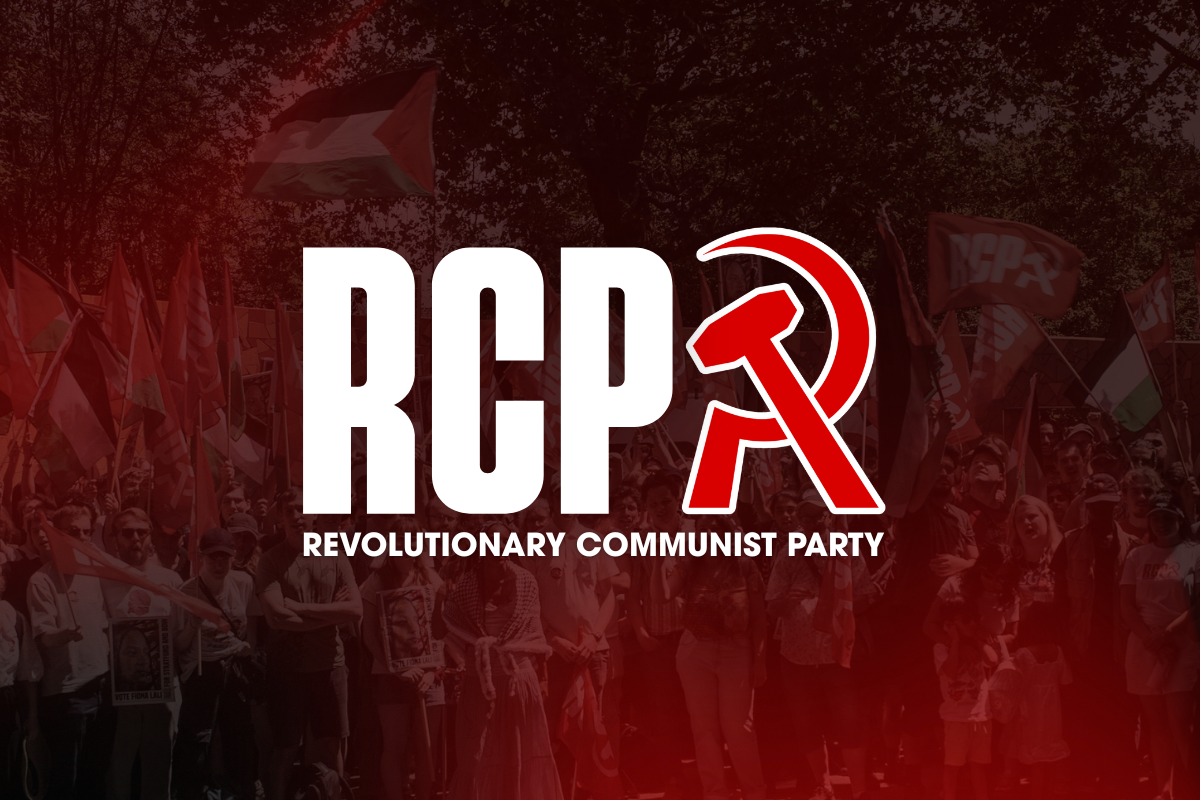Thanks to an online petition of more than 9,000 signatures and the threat of a mass demonstration, management at Birmingham Metropolitan College, were forced to change a policy that, if it had been implemented, would have discriminated against a section of the student population on the basis of their religious identity. Darrall Cozens from West Midlands UCU looks at the wider issues involved of how education institutions are run.
Last Friday, September 13th, an event rarely seen these days took place: college management at Birmingham Metropolitan College, commonly known as BMet, were forced to change a policy that, if it had been implemented, would have discriminated against a section of the student population. The change was brought about by an online petition of more than 9,000 signatures and a threatened mass demonstration outside the college, scheduled for 2.30pm on the Friday afternoon.
What were the issues involved? Everybody has a right to work and study in peace and security. The question is how to create these conditions. BMet management decided to use a sledgehammer to crack a nut. They introduced a ban on any face covering – hats, hoodies, caps, veils – that may hide a person’s identity.
That was the first issue. All face coverings were lumped together into one category. A face covering such as the niqab was given the same status as a fashion item, such as baseball caps or hoodies. Birmingham has a diverse ethnic population and amongst the many religions Islam is well represented in the city. Some Muslim women choose to express their religious identity through wearing a veil, and in some cases the veil chosen is the niqab, where only the eyes are visible.
A certain type of dress code therefore expresses a religious belief. There is a vast gulf between this choice and choosing a fashion accessory such as a baseball cap. By lumping all together into one category, BMt management effectively said that veils are fashion items and therefore belittled a person’s religious identity.
The second issue was that the policy discriminated against a section of the student population. We live in a very unequal society where the greatest inequality is to be found in the ownership and control of wealth. We have a massive majority of working class people who work to produce the wealth and a small minority of rich people who own and control most of that wealth.
Within that class divide we also have other forms of inequality that discriminate against people on the basis of ethnicity, skin colour, religious beliefs, gender, sexual orientation and so on. Put simply, if you are black, you are seven times more likely to be stopped on the streets by the police than if you are white.
Discrimination on the basis of ethnicity and skin colour is an historical legacy that has been used by the ruling class in the UK to divide the population and hide the common enemy in a system that exploits the working class. Elizabeth the First used black people as scapegoats at times of economic crisis. British imperialism left a legacy of so-called “inferior” peoples that had to be “civilised” which was the “white man’s burden”. Today, at times of economic crisis, “immigrants” are scapegoated by the capitalist media, and waiting in the wings, if the capitalist system is threatened, are the racist storm troopers of the EDL and other proto-fascist groups.
It is against this backdrop of social inequality that staff and students in schools and colleges have attempted to mitigate social inequalities by providing a learning environment that did not discriminate; that tried to ensure that all students were given more or less an equal opportunity to learn. Success in this cannot be guaranteed, especially today when many support programmes have been scrapped due to funding cuts caused by the economic crisis. So language or study support for students who have come from unequal backgrounds have been taken away.
Part of the programme to try and ensure that students could achieve their potential was to try and make students feel comfortable in the learning environment by recognising, valuing and welcoming the cultural, ethnic, linguistic and religious identities that students brought with them. You cannot say to an individual: “you are welcome to study here, as long as you leave part of what makes you as a person at the front gate”.
What effect would it have if we refused to admit a part of someone’s identity that was so important to them? Would such an approach create an atmosphere for those students where they could learn, secure in the knowledge that all of their identity is welcomed? Would it motivate students to learn? This is not just an issue that relates to students from minority ethnic backgrounds. How many times have white working class boys been told that they are useless and disruptive and should simply disappear?
This was another mistake that BMet made. It did not practice what it preached. It recruited students on the basis that some faces fitted and others did not. “If your face cannot be seen so that we can identify you, you are not welcome”. At the same time that this was happening, down in a law court in London a trial was allowed to proceed after a woman wearing a niqab was allowed to identify herself to a female police officer. And how many times has the state used trials where witnesses are allowed to sit behind a screen and give evidence? In other words there could have been a pragmatic, sensible approach to security issues at BMet, but management blundered in with the balled fist of one size fits all.
The third issue, however, is one that needs to be taken up by students and staff in all educational institutions, and that is the question of whose institution it is. We have schools and colleges that are funded by public money and are there to educate and train the public, yet control over them is in the hands of an unelected and unaccountable hierarchy whose word is writ. At least those schools, which still come under local authority control, have some degree of accountability to the elected councillors, but so-called free schools, academies, and certainly FE colleges since incorporation in 1993, are a law unto themselves.
Should not the learners, those who work in them, and the communities that are served by schools and colleges not have a say in how they are run? We saw earlier this year that at Halesowen College four excellent lecturers were sacked by the Principal who enjoys absolute power. BMet management were able to introduce a discriminatory policy as they also enjoy absolute power within the college. What changed their minds this time was the potential power on the streets and the power of an internet campaign. The power they still have, however, remains untouched.
Schools and colleges are paid for by us, so we should have the right to determine how they function. They should be under the control of a management committee with elected representatives from the students, the staff, the community they serve and the local council. For this to happen free schools and academies would have to be abolished and brought back under local authority supervision. For FE colleges too it means reversing the corporate status they have and bringing them back under local authority control also.
Under capitalism, the future for education at all levels looks bleak. Austerity measures will mean greater funding cuts. Management in schools and colleges will seek to get blood from stones by attacking pay, terms and conditions of staff. National bargaining is under threat; it has in all but name been abolished in FE colleges.
If we want to create an educational system where students have at their disposal the resources, both material and human in terms of trained and qualified staff, to help them reach their potential, where all are welcomed, then we must have a system that is well funded, well staffed and well resourced. Capitalism in its heyday could not guarantee that, and capitalism in crisis means a threat to all the gains of the past. A real education for all can only truly begin when the real creators of wealth own and control what they create. That means fighting for socialism.






